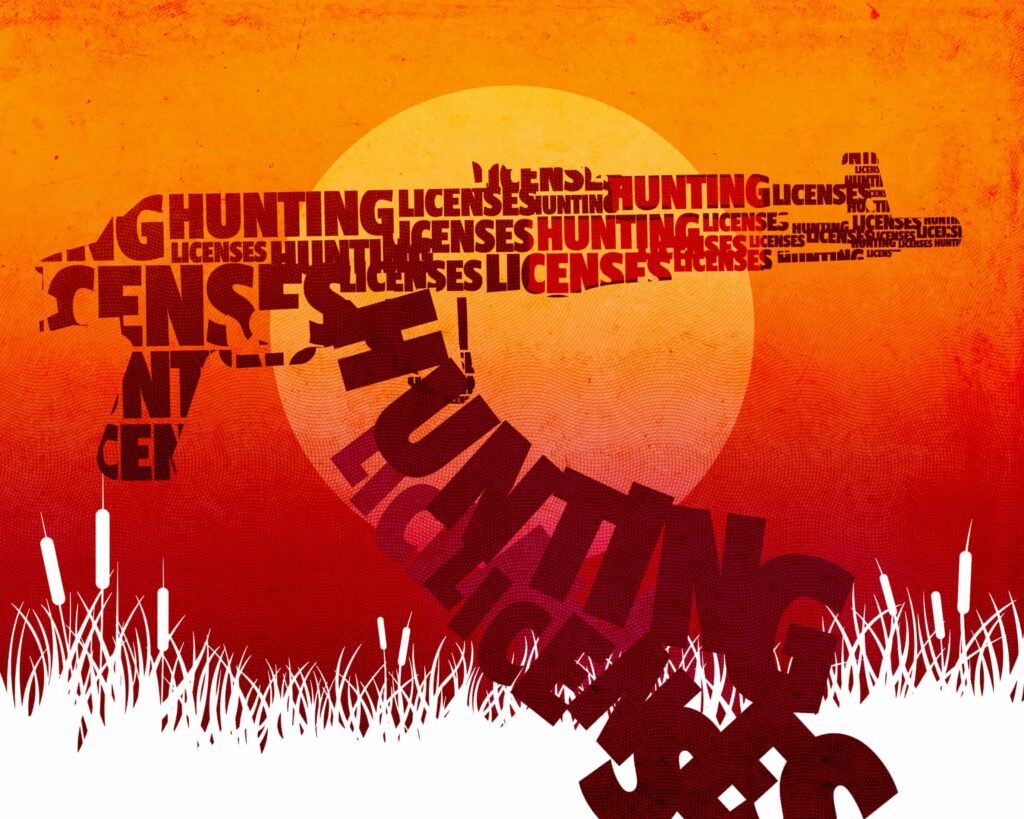
In June, a tragic murder-suicide in Lismore, New South Wales, highlighted significant gaps in Australia’s gun control laws. Wayne Smith fatally shot his 15-year-old son, Noah, before taking his own life, raising urgent questions about the licensing system that permitted Smith to own a firearm.
During court proceedings, evidence revealed that Smith had obtained a firearm license under the pretense of using it for recreational hunting. He provided a letter from a landowner granting him permission to shoot on their property. This letter, while compliant with New South Wales (NSW) gun licensing laws, acted like a perpetual “golden ticket.” Once issued, it allowed Smith to maintain his firearm ownership without further scrutiny, even if the landowner changed their mind or ceased to exist.
It was disclosed that Smith may not have even used his firearm on the property mentioned in the letter. According to Janelle Green, associate director of the NSW police firearms registry, such practices expose a critical flaw in the current licensing system. Until recently, police lacked the means to track how many permission-to-shoot letters were issued by individual property owners.
Uncovering Systematic Issues
The introduction of a new system called Gunsafe has since shed light on the alarming volume of these letters. Green reported a “high volume” of letters originating from a single property not associated with Smith. Subsequent investigations led to the revocation of several firearms licenses.
The findings have ignited calls for a comprehensive overhaul of the licensing laws. Concerns are mounting that the permission-to-shoot letters are not adequately regulated. In a separate instance, authorities uncovered a business allegedly issuing fraudulent permission-to-shoot letters, which were reportedly used by organized crime members to acquire gun licenses.
Green emphasized the need for reforms requiring gun owners to submit new permission-to-shoot letters whenever renewing their licenses. This change would align the requirements for firearms licenses with those for other types of permits, such as sport target shooting, where participants are mandated to engage in a set number of activities annually.
In Western Australia, similar issues prompted legislative updates. Former Premier Mark McGowan acknowledged systemic abuse regarding the issuance of permission-to-shoot letters. Reports indicated that five properties in the state had issued nearly 10,000 such letters, with one property responsible for around 3,000 letters alone. In a particularly concerning case, a firearms dealer acquired a property to sell these letters alongside firearms.
WA Police Commander Lawrence Panaia remarked, “If it’s legitimate, it’s not a problem, but if you’ve got thousands of letters being issued by one property, what are these people doing if they’re not genuinely hunting?” Following these revelations, Western Australia has outlawed the commercial sale of hunting authority letters.
Calls for National Reforms
Other states report varying levels of awareness regarding the issuance of permission-to-shoot letters. In Victoria, police cannot easily track the number of letters issued due to their storage as scanned images, while Queensland authorities lack resources to investigate the situation thoroughly.
The Australian Gun Safety Alliance has voiced concerns that leniency around authority-to-hunt letters may be contributing to the increasing number of firearms in communities. Stephen Bendle, the convener, stated, “We think that the system seems to be being exploited when authorities to hunt are not being validated, and we would hope that police and firearm registries try to validate those more responsibly.”
Australia’s gun control measures were significantly strengthened after the tragic 1996 Port Arthur massacre, which claimed 35 lives. The national firearms agreement established uniform regulations, including mandatory licensing and restrictions on semiautomatic firearms. Despite these measures, issues persist, particularly with the requirement for gun owners to demonstrate a “genuine reason” for firearm possession, which can sometimes be easily manipulated.
Research from the Australia Institute points out shortcomings in the system that allows individuals to claim recreational hunting as a legitimate reason for holding a license. In NSW alone, there are over 200,000 Category A hunting licenses, while only 11,000 people actively participate in recreational hunting each year, according to data from AusPlay.
Bendle emphasized the challenge in gauging the extent of the exploitation of the system due to the lack of comprehensive data. “We have evidence that it is being rorted and there is no reason to think that the same level of exploitation is not also happening in other states,” he stated.
For those in Australia struggling with issues related to mental health or crises, support is available through Lifeline at 13 11 14. International resources can be found at befrienders.org. The pressing need for reform in Australia’s gun control laws is becoming increasingly clear, as the tragic events in Lismore have underscored the potential dangers of an inadequately regulated system.






